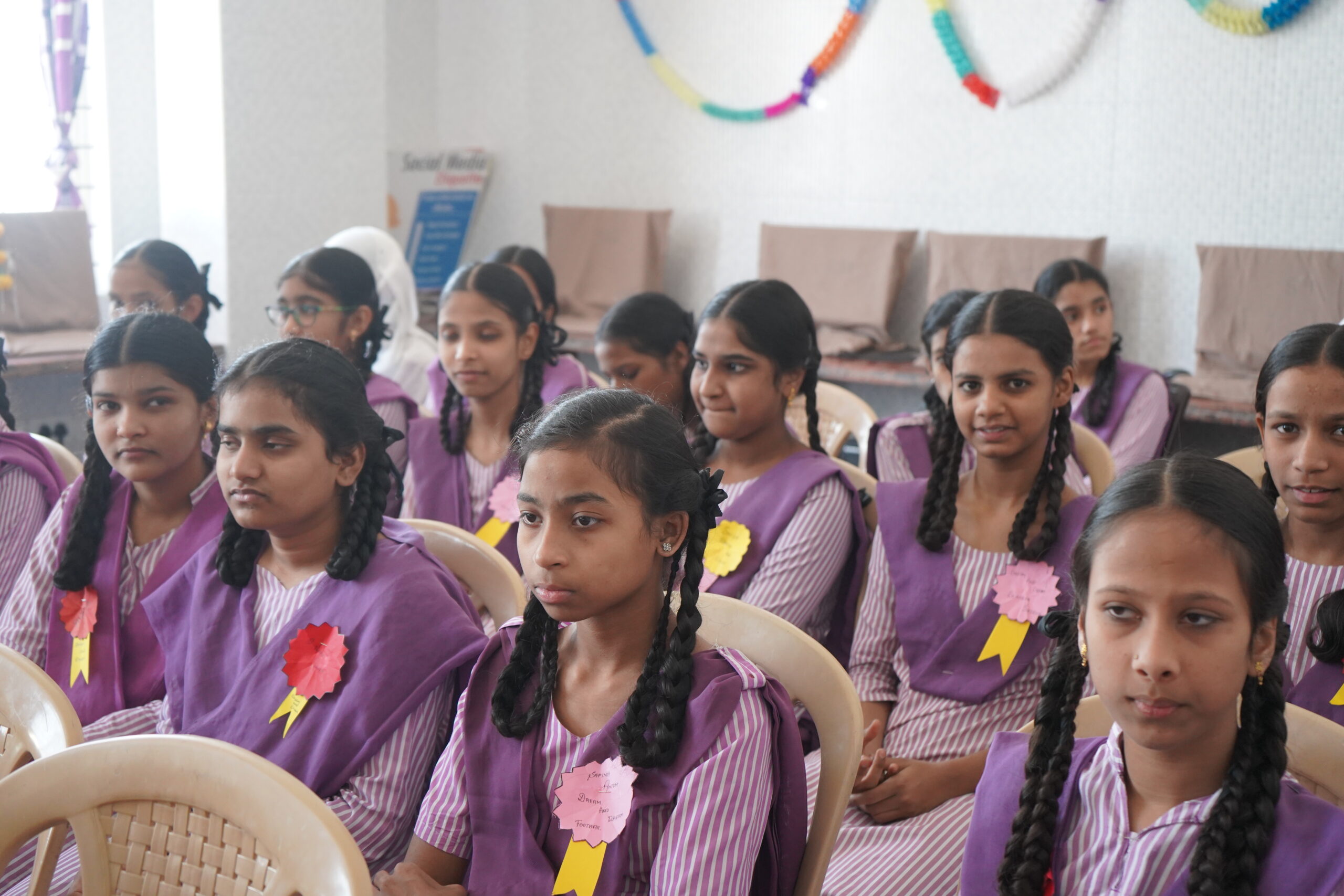According to a recent survey by the National Mental Health Survey of India, about 3% of India’s youth is reported to have suffered at least one episode of depression. It might feel like a small percentage in comparison to the large number of youth and adolescents in the country, yet one can assume that there is a large number of young people who most likely experience depression without being able to identify it that way. Adolescence is a period when a lot of physical and emotional changes take place among young people and not every adolescent is equipped with the know-how of dealing with these changes.Adolescence is a period where emotional upheavals are a given and so, if an adolescent is displaying signs of depression, they may not necessarily be able to express it and may end up suffering in silence. Add to this mix, a non-supportive environment and they feel there is no space for any sort of expression without the fear of being judged, and the adolescent young person may end up feeling even more alone.
According to a 2021 research report by UNICEF, more than 13 percent of adolescents globally are said to be living with a mental disorder. Another research around depression in adolescence says the burden of depression is quite often on low income families and middle income countries since they may potentially be dealing with enormous amounts of psychosocial stress and that is often a cause of depression. Young people who grow up with adversity often have factors limiting their ability to thrive including but not limited to parental abuse, poverty, gender related issues and so on. This adds a great amount of stress to their lives and until they get into a nurturing and supportive environment, they are at risk of depression. Quite often when children approach parents or other adults around them citing reasons of lack of interest, a need to cry but are unable to pinpoint to a particular reason, or even straight up say they are depressed, they are ignored saying they’re too young to feel depressed. When adults who are supposed to be supportive make such dismissive statements, it pushes adolescents away and they begin to second guess themselves every time they feel the urge to share their thoughts. This creates an environment where they begin to feel a lack of supportive spaces and could venture into unfavourable habits to cope with depression.
On the other hand, when their concerns are validated and their depressive episodes are acknowledged, they begin to feel valued and start displaying their authentic selves. This paves the way for them to blossom into confident, thriving individuals who could transform their lives for the better. Depression in adolescents is real and needs to be given due importance.. The stigma of mental health is in itself a big thing to deal with, for adults and more so for adolescents. In such a case, it becomes our responsibility as adults to help them cope with the challenges that accompany depression and guide them on navigating it through sustainable coping mechanisms.
How does a young person who had been someone with no direction or aim in life transform to become a responsible adult, who is able to support themselves and their families? It is through a safe space that lets them explore their own patterns of thinking, Depression among adolescents coming from adversity looks quite different from the depression that adolescents with privilege go through, not in terms of what it looks like physically but in terms of the resources available to help navigate this stressful and quite often stigmatised mental health condition. Those who come with socio-economic privilege make use of the resources comparatively more easily than those without it. The young people who grow up with adversity often lack the supportive environment that is needed to emerge from depression and this is where the role of facilitators comes into picture.
One way of facilitating a safe space for young people and adolescents to be authentic in their sharing and feel they can express themselves without a fear of judgement could be through activities that encourage them to be their authentic selves. In our first book, When We Thrive, Our World Thrives – Stories of Young People Growing Up with Adversity, authored by Dr Connie K Chung and co-authored by Vishal Talreja, Dream a Dream Staff and Programme participants, one of the thriving stories mentioned is of one of our young graduates, Kashvi. She was able to see her situation from a different perspective and make big life decisions once she came in contact with the programmes at Dream a Dream and the facilitators who ensured there was a safe space for her to share her experiences.
Creating a safe, non-judgemental space for adolescents is a process that needs to be facilitated and isn’t something that can happen overnight. But, taking small steps towards creating this sort of a safe space, engaging with young people and adolescents through activities that help create a sense of positivity in them are few things that will help them move towards leading thriving lives.
Manisha Raghunath is a graphic designer with the Narrative Building team of Dream a Dream and is also the host of their monthly podcast series, Unmute with Dream a Dream


